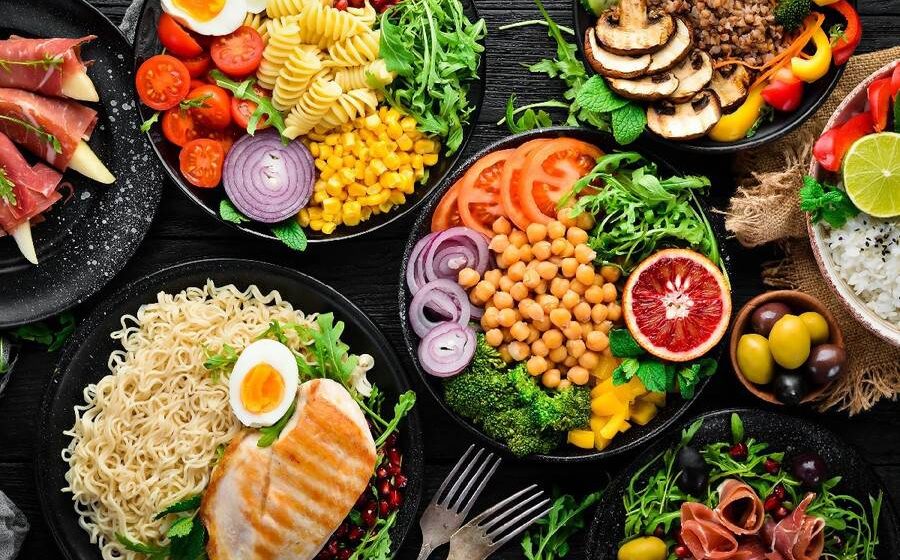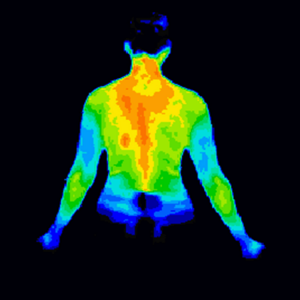How to Lose Weight – The Ultimate Guide to Fast and Effective Weight Loss
Greetings, dear readers! Today, we’re embarking on an exhilarating journey towards rapid and efficient weight loss. Buckle up because we’re about to uncover a treasure trove of strategies and tips to help you shed those extra pounds in no time. And don’t worry, we won’t be revisiting any old tales – this is a fresh start to your weight loss adventure!
Chapter 1: The Need for Speed – Fast and Furious Weight Loss
Let’s dive right into the heart of the matter: why do you need fast weight loss, and is it even possible without compromising your health?
Section 1.1: The Urgency of Speed – Why Fast Weight Loss Matters
Sometimes, life throws us unexpected challenges or special occasions where we want to look and feel our best in a short time frame. Think of it as preparing for a class reunion, a beach vacation, or simply wanting a boost of confidence.
Fast weight loss isn’t just about aesthetics; it can also serve as a motivational kickstart. Witnessing quick results can boost your confidence and motivation to continue on a healthy weight loss journey.
Section 1.2: The Health Halo – Fast and Safe Weight Loss
But wait, is fast weight loss safe? Absolutely, as long as it’s done correctly. It’s like driving a high-performance car – speed can be exhilarating, but it requires careful handling.
Fast weight loss, when approached sensibly, can kickstart your journey and encourage healthier habits. It’s essential to prioritize methods that promote fat loss and preserve lean muscle mass while ensuring your overall well-being.
Chapter 2: The Science of Weight Loss Speed
Now that we understand the need for speed, let’s delve into the science behind it. Rapid weight loss isn’t just about slashing calories; it’s about leveraging your body’s natural mechanisms.
Section 2.1: Calorie Conundrum – Creating the Deficit
The foundation of fast weight loss is still the calorie deficit – burning more calories than you consume. It’s like managing your finances; you need to spend less than you earn to save money.
For quick results, aim for a more significant calorie deficit. However, be mindful not to overdo it, as excessively low calorie intake can slow down your metabolism and lead to muscle loss.
Section 2.2: Metabolic Magic – Boosting Your Furnace
Your metabolism is like the engine that powers your calorie-burning furnace. Revving it up can help you burn calories faster.
Increasing your metabolic rate involves various strategies, such as:
- Strength Training: Building muscle through strength training can elevate your resting metabolic rate, meaning you burn more calories even at rest.
- High-Intensity Interval Training (HIIT): HIIT workouts are like the fast lane to calorie burning. They can elevate your metabolism and torch fat effectively.
- Thermogenic Foods: Certain foods, like spicy peppers, can temporarily boost your metabolism due to their thermogenic properties.
- Adequate Protein: Protein-rich diets can help maintain muscle mass and keep your metabolism revved up.
Chapter 3: The Art of Fast Eating
Now, let’s explore the art of fast eating – not rushing through your meals but optimizing your dietary choices for speedier results.
Section 3.1: Intermittent Fasting – The Time-Restricted Feeding
Intermittent fasting is like the superhero of fast weight loss. It involves cycles of eating and fasting, which can naturally reduce calorie intake and accelerate fat loss.
One popular approach is the 16/8 method, where you fast for 16 hours and eat during an 8-hour window. This not only creates a calorie deficit but also taps into your body’s fat stores for energy.
Section 3.2: Meal Timing – The Clock’s Ticking
The timing of your meals matters when it comes to fast weight loss. Consider these strategies:
- Front-Load Your Calories: Eating most of your calories earlier in the day can enhance fat burning and reduce nighttime cravings.
- Protein-Packed Breakfast: Starting your day with a protein-rich breakfast can boost metabolism and curb hunger.
- Avoid Late-Night Snacking: Late-night munching can add unnecessary calories. Opt for a cut-off time for eating in the evening.
Chapter 4: The Dietary Blueprint for Fast Weight Loss
Your dietary choices are like the blueprint for your weight loss journey. Here’s how to structure your diet for rapid results.
Section 4.1: Low-Carb, High-Protein Diets – The Carbohydrate Chronicles
Low-carb, high-protein diets are like the trailblazers of fast weight loss. By reducing carb intake and increasing protein consumption, you can experience quick results.
These diets help control hunger, stabilize blood sugar levels, and promote fat burning. Consider options like the ketogenic diet or Atkins diet, but consult with a healthcare provider before making significant dietary changes.
Section 4.2: The Power of Fiber – Fill Up, Slim Down
Fiber-rich foods are like the magic wand of fast weight loss. They provide volume and keep you feeling full while delivering fewer calories.
Include plenty of fruits, vegetables, whole grains, and legumes in your diet. These foods not only support weight loss but also offer essential nutrients and promote digestive health.
Chapter 5: Supersize Your Hydration
Hydration is your unsung hero in the fast weight loss journey. Drinking water can support your efforts in multiple ways.
Section 5.1: Water Before Meals – The Pre-Meal Ritual
Drinking a glass of water before meals is like the warm-up before a race. It helps control appetite and can lead to reduced calorie intake during the meal.
Section 5.2: Stay Hydrated – The Weight Loss Elixir
Staying adequately hydrated is like maintaining your car’s engine – it keeps things running smoothly. Dehydration can sometimes be mistaken for hunger, leading to unnecessary snacking.
Ensure you sip on water throughout the day to stay hydrated and prevent mindless munching.
Chapter 6: The Mindset and Motivation Game
Fast weight loss requires a winning mindset. Here’s how to stay motivated and on track.
Section 6.1: Goal Setting – The North Star
Set specific, achievable goals for your fast weight loss journey. Think of them as your North Star, guiding your efforts.
Track your progress and celebrate your achievements along the way. It’s like marking milestones on your map to success.
Section 6.2: Social Support – The Team Spirit
Share your weight loss goals with friends or family members who can offer support and encouragement. It’s like having cheerleaders in your corner, cheering you on to victory.
Consider joining a weight loss group or online community to connect with like-minded individuals on similar journeys.
Chapter 7: The Importance of Sleep and Stress
Sleep and stress management are the unsung heroes of fast weight loss. Here’s why they matter.
Section 7.1: Quality Sleep – The Recharge Zone
Quality sleep is like recharging your batteries. It helps regulate hunger hormones and reduces cravings for unhealthy foods.
Prioritize getting enough restful sleep each night. It’s like laying a strong foundation for your weight loss efforts.
Section 7.2: Stress Management – The Zen Zone
Stress can be like the roadblock on your weight loss journey. It triggers the release of cortisol, a hormone that can lead to weight gain, especially around the abdomen.
Practice stress-reduction techniques like meditation, deep breathing, or yoga. It’s like clearing the path for smooth sailing towards your weight loss goals.
Chapter 8: The Power of Portion Control
Portion control is your secret weapon for fast weight loss. It’s like having a built-in calorie limiter.
Use smaller plates and bowls to visually trick your brain into thinking you’re eating more. Pay attention to portion sizes when dining out, and avoid mindlessly snacking from large containers.
Chapter 9: Conclusion – Your Roadmap to Fast Weight Loss
As we conclude our journey through the world of fast and effective weight loss, remember that speed doesn’t mean recklessness. Fast weight loss can be safe and efficient when approached sensibly.
Prioritize methods that support fat loss, preserve muscle mass, and prioritize your overall well-being. And always consult with a healthcare provider before making significant dietary or lifestyle changes.
May your fast weight loss journey be swift, satisfying, and successful. Here’s to a lighter, healthier, and more confident you! Cheers to your fantastic weight loss adventure!





